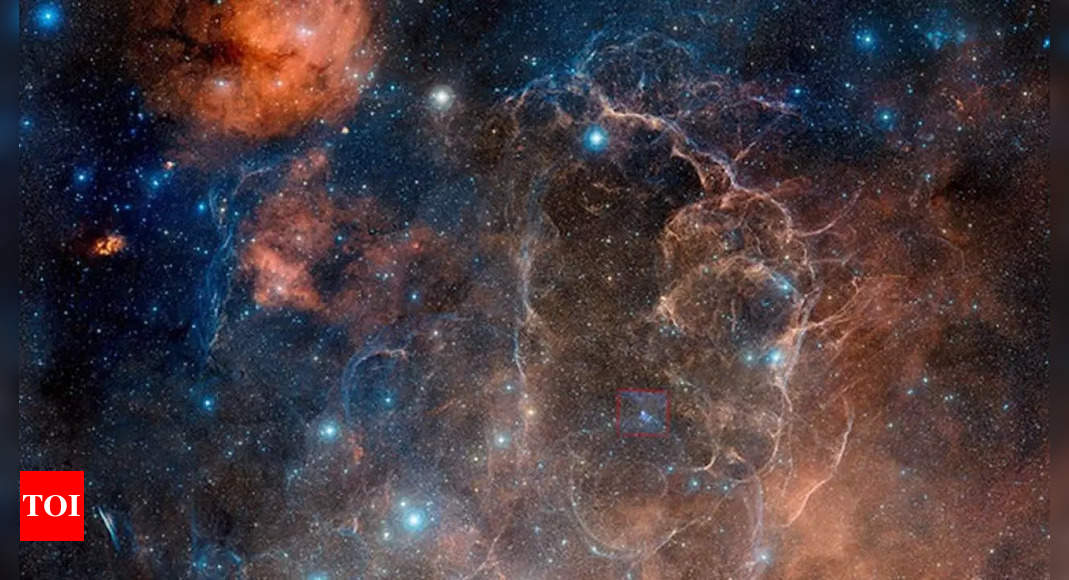A team of astrophysicists and quantum physicists has made a significant breakthrough in understanding the mysterious glitches observed in neutron stars. These glitches refer to sudden accelerations in the spins of ultradense dead stars. The research, which combined insights from astrophysics and quantum physics, shed new light on the behavior of neutron stars. The team used a unique approach, leveraging ultracold dipolar atoms as a proxy to simulate neutron star dynamics. The findings suggest that these glitches may be attributed to superfluid vortices beneath the stars’ surface. The research not only deepens our understanding of neutron stars but also opens up possibilities for quantum simulation in the laboratory.
Neutron stars are formed from the collapse of massive stars and are known for their immense density, with almost entirely composed of neutrons. While direct observation and sampling of neutron stars are practically impossible due to extreme conditions and vast distances, the team of scientists resorted to using ultracold dipolar atoms as a representation of neutron stars in numerical simulations.
The study proposes that the glitches observed in neutron stars are likely influenced by a superfluid state beneath their surface. Superfluids are substances with zero viscosity, resembling liquids. More specifically, the study suggests that a phase known as supersolid plays a crucial role in the glitching phenomenon.
To simulate neutron star glitching, the researchers induced supersolid phases in ultracold dipolar atoms. By studying the behavior of these atoms, particularly those made of Erbium (Er) and Dysprosium (Dy), they were able to mirror larger glitches observed in neutron stars. The results indicate that superfluid vortices carry angular momentum to the surface of the stars, contributing to the glitching events.
Moving forward, the team intends to further investigate the mechanics of the glitching phenomenon, including its relationship with the quality of the supersolid material. This research not only expands our understanding of neutron stars but also has implications for quantum simulation. By manipulating ultracold dipolar atoms, scientists might gain insights into other stellar remnants and phenomena in controlled laboratory settings on Earth.
The interdisciplinary study showcases the fascinating combination of astrophysics and quantum physics, linking the behavior of celestial remnants to the principles governing matter on Earth. Lead author Elena Poli considers this research a significant milestone in establishing a strong connection between quantum mechanics and astrophysics, providing a new perspective on the inner nature of neutron stars.
The findings of this groundbreaking research were published in the November issue of the journal Physical Review Letters.











